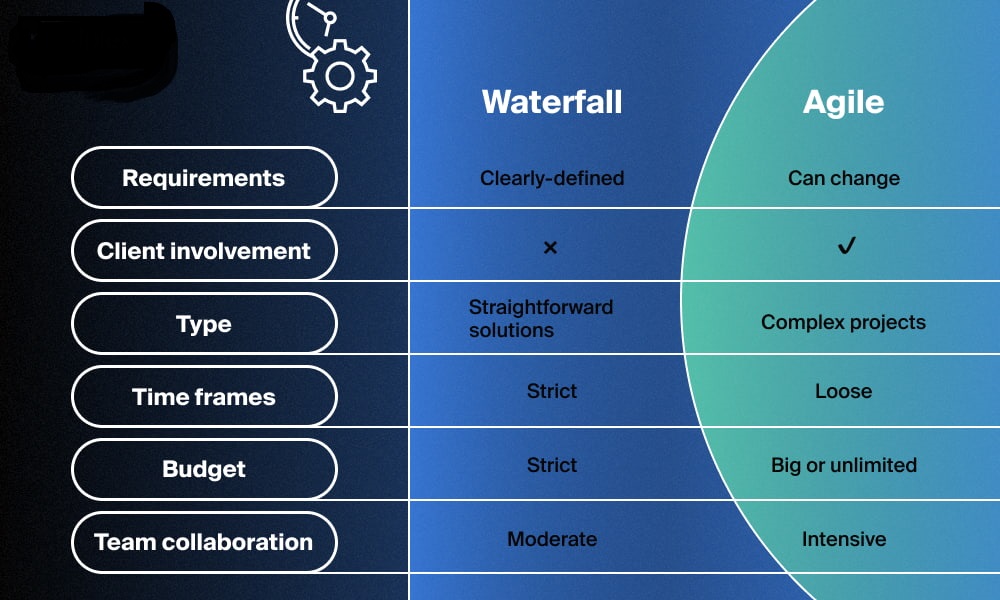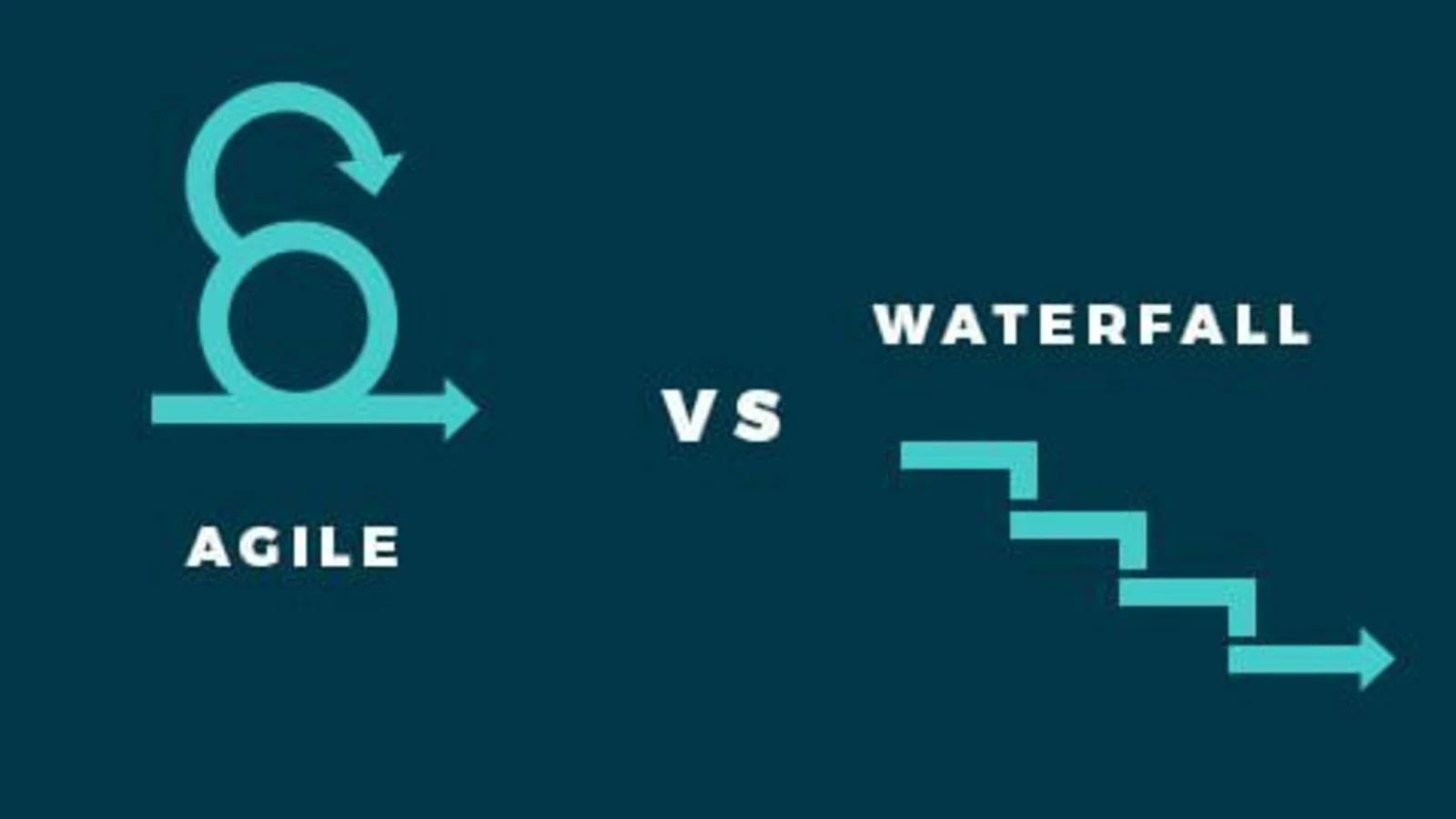

Choosing between agile and waterfall methodologies is crucial. In 2022, the software testing market was valued at $45 billion, predicted to grow at a CAGR of 5% from 2023-2032. Understanding software testing metrics is essential, and this blog provides a comprehensive overview for both agile and waterfall approaches.
Technology's rapid transformation has created dynamic business settings, with developers utilizing methodologies like Waterfall and Agile for software creation. The agile methodology, emphasizing iteration and adaptability, has successfully replaced traditional waterfall approaches in software development for improved processes.
Developers use agile principles as a guide in the software development process, focusing on concepts like simple divvying up and scheduled releases. Agile, not precisely a methodology, has influenced frameworks like Lean and Scrum, emphasizing iterative development and regular client communication for continuous improvement.
The waterfall technique involves completing each project stage before moving to the next, ensuring a smooth, sequential development process. Its six phases include requirements, system design, implementation, integration, software deployment, and ongoing maintenance to address issues identified during actual use.
Agile and waterfall frameworks differ sharply, with agile emphasizing continuous development iterations and the waterfall methodology favoring a linear sequential life cycle model. While waterfall produces the entire product at the project's end, agile delivers a functional product after each iteration, offering greater adaptability for changing requirements during the project.
Agile advantages include frequent client interaction, fostering a sense of ownership through collaboration, rapid creation of basic software iterations, and user-focused development. Waterfall, with a defined set of phases, follows a structured project approach with steps like details/documentation, system design, implementation, testing, deployment, and maintenance.
Choosing between Agile and Waterfall depends on specific needs and ongoing software development trends. Agile offers flexibility for changes, additional features, and adjustments in project direction, while Waterfall suits projects with precise timelines but lacks flexibility for changes between phases.
We build and deliver dynamic, robust, and responsivee software solutions using agile vs. waterfall methodology keeping in mind the unique business needs.



Do not miss the latest information from us about what's trending in the market.